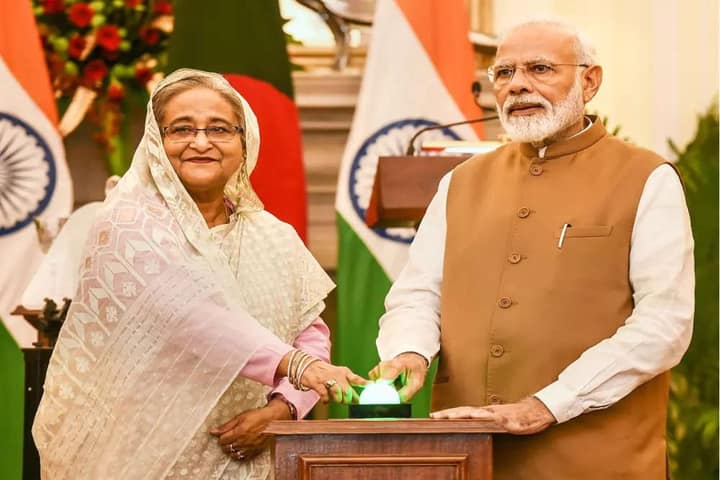India and Bangladesh are set to focus on easing protocols required for access of ports on both sides and strengthen connectivity as the two nations set the stage for talks for a Comprehensive Economic Partnership Agreement (CEPA). The agreement will not only be a boost for the economies of India and Bangladesh, it will also provide a fillip to other countries such as Japan and South Korea, which are now expanding their investments in the northeastern states of India.
At present, about 350 Japanese companies operate in Bangladesh but better connectivity powered by the trade agreement will allow these multinationals to leverage and build on the northeast contours as well.
An industry watcher said that this would encourage more companies to invest in the region.
Besides ports, New Delhi and Dhaka, which share the world’s fifth longest border, have already pressed the pedal on strengthening connectivity through road and rail networks driven by a more seamless management of the integrated check posts.
“Efficient and seamless border management between neighbouring countries is key for trade relations,” Dhanuraj D, Chairman, Centre for Public Policy Research told India Narrative.
Bangladesh has allowed India to use Chittagong and Mongla to transport goods from Kolkata to the northeastern states. Syama Prasad Mookerjee Port (SMP), erstwhile Kolkata Port, is now connected with Mongla and Chittagong ports in Bangladesh and Sittwe port in Myanmar. This has significantly eased the goods movement across border. Shipment of goods from other parts of India to its northeast has also become more efficient.
Sources said that both sides are keen to expedite negotiations amid changing global dynamics which has also put the spotlight on the Indo-Pacific region with the rising importance of the Bay of Bengal in the overall competition for control of sea lanes and global trade.
Stronger sub-regional connectivity – key for a robust supply chain network, has particularly come to the fore in the post Covid phase. With bilateral trade volume of over $16 billion, New Delhi and Dhaka in July rolled out trade in the Indian currency—rupee, a move that is a win-win for both as it is expected to provide some cushion to Bangladesh’s foreign exchange reserves though a few Bangladeshi economists have shown scepticism as they opined that the deal will benefit India more.
Meanwhile, the Business Standard (Bangladesh) noted that the composition of the products Bangladesh imports from India has changed dramatically over the past few years. While Dhaka was heavily dependent on imports of food and essential commodities in the beginning, imports have now shifted towards goods like raw materials and capital equipment required for industrialisation.
South Asia is among the least integrated regions in the world, in terms of trade and people-to-people contact. “Regional cooperation can support a green, resilient, inclusive development and an integrated recovery,” Cecile Fruman, World Bank’s Director, Regional Integration and Engagement for South Asia earlier told India Narrative in an exclusive interview.
Prime Minister Narendra Modi and his Bangladeshi counterpart Sheikh Hasina have reiterated the need to strengthen economic ties as well as people to people connect.
Also read: How Kolkata port has become the fulcrum of India’s Act East, BIMSTEC policies




















